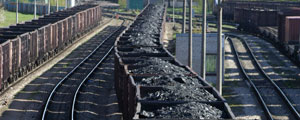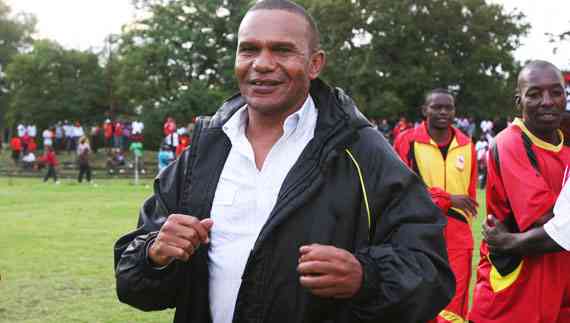
AFRICA would need to spend more than $50 billion in the next decade on building 4 000km of additional rail infrastructure to unlock the continent’s bulk mineral resource potential, Standard Bank has said. Report by miningweekly
The financial services firm pointed out that infrastructure would continue to be the biggest challenge to exploiting the continent’s vast deposits of bulk commodities, particularly iron-ore, manganese and coal.
“As mining activities in key regions expand, mining output is starting to exceed existing rail capacity despite ongoing efforts to upgrade and maintain these rail links.
“Inadequate rail networks are limiting the economic potential of some of these commodity hot spots on the continent.
“There is a lot of enthusiasm about new coal, iron-ore and manganese discoveries in West Africa and Mozambique.
“Despite this enthusiasm, the ability to fully exploit these recourses is limited by infrastructure constraints,” Standard Bank Power & Infrastructure global sector head David Humphrey said.
The bulk commodity mining sector in West Africa and Mozambique, in particular, was expected to drive further investment in railways in these areas in the next decade.
However, governments were faced with the challenge of overcoming legacy infrastructure problems. Overcoming these remained vital for success, particularly when undertaking complex projects.
- Chamisa under fire over US$120K donation
- Mavhunga puts DeMbare into Chibuku quarterfinals
- Pension funds bet on Cabora Bassa oilfields
- Councils defy govt fire tender directive
Keep Reading
“The quantity of iron ore discovered in West Africa is enormous and could potentially attract $25 billion of infrastructure investment in the next decade.
“In Mozambique, rail and port infrastructure will likely attract investment of more than $20 billion in the next 10 years. “High-quality coal reserves of more than 35 billion tons and the area’s proximity to large markets like India and the Far East will require investment in high-volume rail links to maximise the economic potential,” Humphrey noted.
The continent’s vast mineral resources were largely under-explored and under-exploited. A key factor that all commodities mining companies had to consider was the route to market and ensuring that this was economically viable.
Port and market access were the first considerations to make when investing in Africa and in determining project viability and profitability.
Humphrey said commodities mining companies required the development of appropriate investment infrastructure models to unlock their lucrative resource potential. He pointed out that enabling regulatory and policy frameworks needed to be developed according to the various country requirements to attract appropriate investment.
“Miners want to get the product out quickly and countries with these resources want economic development. Hence, finalising the financing package and structure for the required roads, rail and ports remains the primary challenge.”











